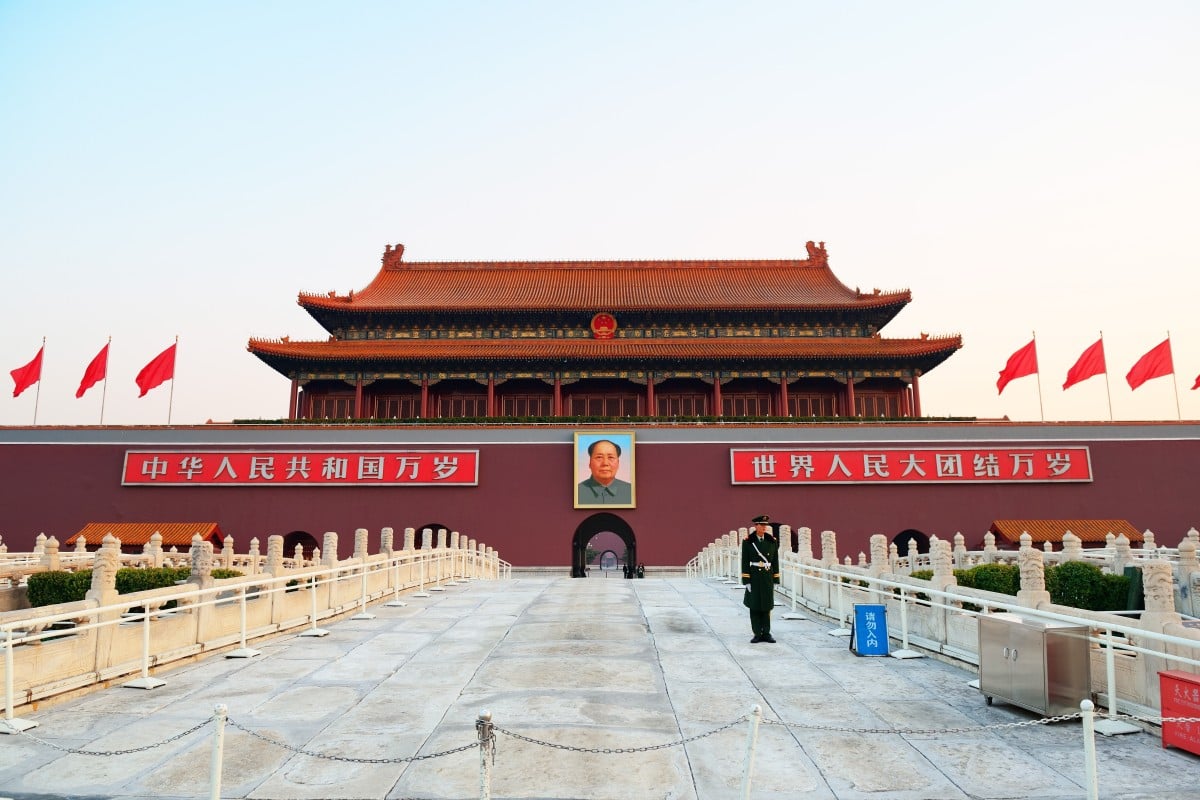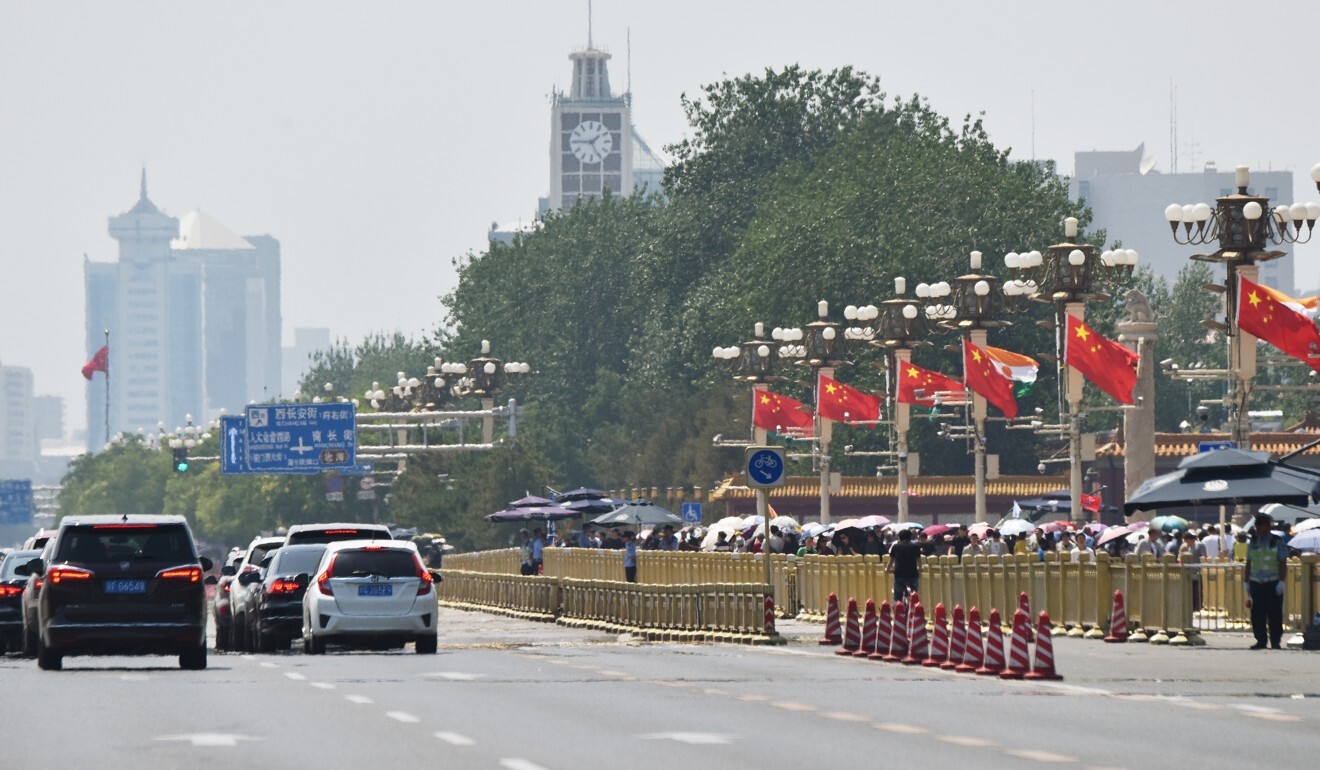
Central government aims to improve inner city area by 2035 through urban development and better conservation of historic sites Number of residents will also be reduced, with more public services to be provided, but there is no mention of who will be relocated
Beijing 1 Sep,

Beijing city authorities have unveiled a long-term plan to “safeguard the operation of the central government” and cultural heritage at the heart of the Chinese capital, where the Forbidden City and Communist Party headquarters are located.
Details of the central government’s vision to improve the inner city area by 2035 – emphasising its status as a “civilised and grandiose capital with a thousand years of history” – were released on Sunday.
The plan involves urban development, improving conservation of remaining historic sites such as the narrow alleyways that form hutong residential districts, reducing the number of residents and providing more public services to those who live there.It is the final part of a blueprint to revamp Beijing that began in 2017 and includes two new administrative centres, in Xiongan and Tongzhou, to help reduce urban development pressure in the city of 21 million.
The inner city area where the wall around ancient Beijing once stood – it was torn down in the early years of communist rule – covers 92.5 sq km (35.7 sq miles) in the Dongcheng and Xicheng districts.
It is home to 2 million people – less than 10 per cent of the city’s population – as well as most government ministries and state enterprise headquarters.
Zhang Wei, director of the municipal planning committee, told local media the development focus for the area was its political operations and the needs of residents.
“[The central area] is a window on the capital,” Zhang was quoted as saying in Beijing Youth Daily on Monday. “We want to balance Beijing’s role as a capital and as a city … safeguard the operation of the central government while reducing its urban ills.”
The priority was to ease pressure on the area by moving people out, and reducing construction, commercial activities and tourism, he said.
Under the plan, the number of people permanently living in the area would be reduced to 1.7 million by 2035, and to 1.55 million by 2050.
There was no mention of who might be relocated from the area or how this would be done – the authorities said only that people would be expected to move along with businesses and activities that were not part of the “functions” of the capital.A mass eviction of migrant workers from Beijing in 2017 caused a huge public outcry.

One of the planners involved in the central area redesign told official news agency Xinhua that health services and facilities were added to the plan after a public consultation process “because the lessons of the Covid-19 pandemic have taught us that there are many areas for improvement in the capital”.
Those who end up staying in the area are promised better health care, more schools, cultural and fitness facilities and services for the aged within walking distance, and 8 sq metres (86 sq feet) of green space per person. It was not clear whether these improvements would be extended to the rest of the city.
Wu Qiang, a political commentator in Beijing, said migrant workers remained a vulnerable group amid the revamp of the capital, though they were less likely to be living in the more expensive inner city districts.
According to official data, as of the end of last year some 35 per cent of Beijing’s permanent population were migrants who are not entitled to the benefits of full residents.
“The government’s strategy in China’s top-tier cities is always to pick and choose who they want to stay, and who they want to leave,” Wu said.
Geoffrey Crothall, communications director at Hong Kong-based NGO China Labour Bulletin, welcomed the plan for better health care and social services in the heart of the capital, but said he was concerned about whether the improved conditions would be provided to the rest of Beijing, or to the whole country.
Meanwhile, Jia Kun, a researcher with the State Council’s think tank, noted that Beijing was lagging behind Shanghai and Shenzhen in terms of urban development.
“If Beijing fails to coordinate these two roles [as both the capital and a city] they will drag each other down, and Beijing won’t advance well [in either capacity],” Jia told state-run China Economic Times.
source– south china morning post


Comment